The digital trends shaping our world today are evolving faster than ever. New technologies, smarter platforms, and shifting user behaviors are redefining how we live, work, and communicate. Whether you’re in digital marketing, running a business, or simply exploring technology, understanding the latest digital trends is essential to stay relevant and future-ready.
In this article, we’ll explore the top 10 digital trends that are transforming industries, reshaping customer experiences, and driving innovation across the globe. Each trend is explained in detail — its importance, real-world examples, challenges, and how you can adapt to stay ahead.
The Rise of AI and Generative AI
As AI-generated content becomes more prevalent, verifying its authenticity is more important than ever. Our detailed guide on AI content detection tools provides valuable insights to help you navigate this process effectively.
Why It’s Trending:
-
Content creation — AI can now generate blogs, images, videos, music, and even full campaigns.
-
Customer service — Chatbots and virtual assistants are providing instant support and personalized responses.
-
Personalized experiences — AI analyzes user behavior to deliver hyper-targeted recommendations.
-
Automation — Workflows, analytics, and reporting are all becoming AI-driven.
Example:
An e-commerce brand uses AI to recommend products based on browsing behavior, automate customer queries, and even create social media content automatically.
Challenges:
-
Bias and misinformation in AI-generated data.
-
The need for human review and quality control.
-
Privacy and data protection issues.
Multi-Channel and Omnichannel Experience
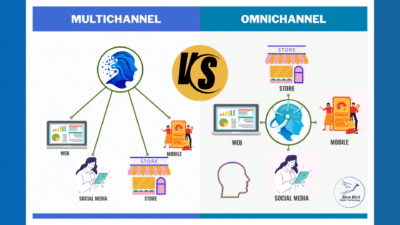
Multi-Channel Vs Omnichannel
Consumers no longer interact through a single platform. They move seamlessly between websites, mobile apps, social media, and even physical stores. That’s where omnichannel experience becomes essential.
Why It’s Trending:
-
Consistency — users expect a unified brand experience across devices and channels.
-
Example: Add a product to your mobile cart and check out later on your laptop — same experience.
-
Social commerce is booming: Instagram Shops, TikTok Shopping, and Pinterest Buyable Pins.
-
Phygital integration (physical + digital): QR codes, AR in stores, and connected experiences.
Example:
A fashion brand lets users “try on” outfits in AR via Instagram, then purchase the same item directly from the post.
Challenges:
-
Complex data synchronization across platforms.
-
Managing customer data securely.
-
Requires heavy technology and resource investment.
Customer Data Platforms (CDP) and Data Orchestration
Data is the new oil — but only if it’s structured and actionable. Customer Data Platforms (CDP) unify customer information into a single, comprehensive profile.
Why It’s Trending:
-
Gives a 360° view of customer behavior — what they browse, buy, and prefer.
-
Enables targeted marketing, personalized offers, and smarter advertising.
-
Data orchestration connects your CRM, email marketing, and analytics tools seamlessly.
Example:
A CDP detects when a user reads your blog and views a product but doesn’t purchase — it automatically sends them a custom follow-up email with a special offer.
Challenges:
-
Compliance with GDPR and data privacy laws.
-
Complex integration with multiple systems.
-
Maintaining clean, accurate data.
Cybersecurity and Privacy by Design
With growing digital footprints come growing threats — data breaches, ransomware, phishing, and privacy violations. The new mantra is “Privacy by Design.”
Why It’s Trending:
-
Encryption, Multi-Factor Authentication (MFA), and Zero-Trust Architecture are now must-haves.
-
Transparent data consent policies are critical.
-
Regular security audits and penetration testing safeguard both brand and users.
Example:
If your site stores passwords or personal info, encrypt it, use secure servers, and authenticate every API call.
Challenges:
-
High implementation cost.
-
Requires skilled cybersecurity professionals.
-
A single breach can severely damage brand reputation.
Social Video Platforms and Short-Form Content
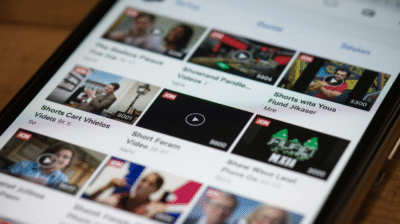
Multiple Short-Form Video
Short videos have taken over digital media. Platforms like YouTube Shorts, TikTok, and Instagram Reels dominate attention spans and engagement metrics.
Why It’s Trending:
-
Social video is overtaking traditional media in consumption and ad spend.
-
Brands build deeper connections through snackable, emotional content.
-
Viral formats: trending audio, duets, remixes, and challenges.
-
Short videos show higher ROI and engagement.
Example:
A beauty brand shares a 20-second skincare tip reel with a CTA to “shop the look.”
Challenges:
-
Trends change rapidly — content gets outdated fast.
-
High competition for visibility.
-
Algorithm updates may reduce reach overnight.
AR / VR and the Metaverse Experience
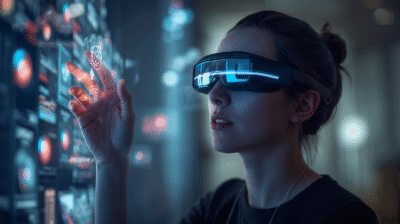
AR Glasses
Augmented and Virtual Reality are breaking barriers — moving from gaming into education, retail, events, and remote collaboration.
Why It’s Trending:
-
AR “Try-before-you-buy” — visualize furniture in your living room or try on accessories virtually.
-
VR meetings and events — immersive digital gatherings through avatars.
-
Metaverse experiences — virtual showrooms, digital fashion stores, interactive branding.
-
3D advertising and immersive storytelling are the future of marketing.
Example:
A jewelry brand uses AR to let users virtually try rings before purchasing.
Challenges:
-
Not everyone owns AR/VR hardware.
-
Development and 3D design are expensive.
-
UX design must be seamless and intuitive.
Voice Search and Voice Interaction (Digital Trends)
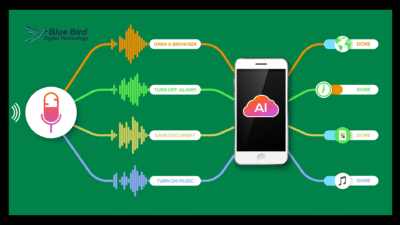
Voice Search Optimization
“Alexa, Hey Google, Siri…” — voice assistants are shaping the way users search and interact with technology.
Why It’s Trending:
-
Voice SEO is crucial — people now “ask” instead of “type.”
-
Voice-based user interfaces enhance accessibility and speed.
-
Podcasts and audio content are surging in popularity.
-
Integration with smart speakers and IoT devices is expanding.
Example:
A recipe website optimized for voice search: “Hey Google, show me a pasta recipe” instantly opens the page.
Challenges:
-
Accents, dialects, and tone variations are hard for AI to interpret.
-
Building proper conversational SEO using long-tail, question-based keywords.
-
Limited monetization models (so far).
Automation and Robotic Process Automation (RPA)
Repetitive tasks are being replaced by automation. RPA (Robotic Process Automation) software performs structured tasks quickly, efficiently, and accurately.
Why It’s Trending:
-
Automates data entry, reporting, email responses, and data migration.
-
Combines AI with RPA for intelligent automation that can make decisions.
-
Boosts productivity and reduces costs across departments.
Example:
A company automatically gathers client data daily, compiles reports, and sends emails — all through RPA bots.
Challenges:
-
Not all processes should be automated.
-
Requires monitoring and updates.
-
Security and data accuracy must be ensured.
No-Code / Low-Code Platforms (Digital Trends)
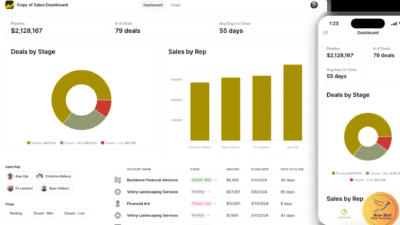
No-Code App Builder Interface
Building software without deep coding skills is now reality. No-Code and Low-Code tools are democratizing app creation.
Why It’s Trending:
-
Platforms like Bubble, Adalo, Glide let users create apps through drag-and-drop interfaces.
-
Easy integrations via Zapier or Make (Integromat).
-
Reduces dependency on large developer teams.
-
Perfect for startups and small businesses to launch MVPs fast.
Example:
A startup launches a prototype app using Bubble, gathers user feedback, and improves it without hiring developers.
Challenges:
-
Limited customization for complex systems.
-
Performance and scalability issues.
-
Long-term maintenance may require coding knowledge.
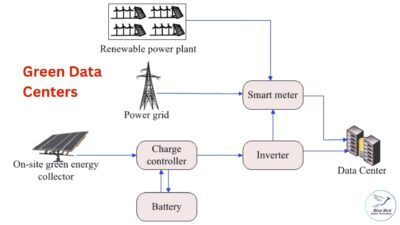
Green Data Centers with Solar Panels
Sustainability is no longer optional — it’s a digital responsibility. Tech companies are embracing eco-friendly operations and carbon-neutral strategies.
Why It’s Trending:
-
Green hosting and energy-efficient data centers.
-
Circular economy — designing products with full lifecycle in mind.
-
Tracking and reducing carbon emissions through digital tools.
-
Promoting paperless workflows and cloud adoption.
Example:
A SaaS company runs servers on renewable energy and optimizes data processing to reduce emissions.
Challenges:
-
High initial investment.
-
ROI takes time.
-
User awareness and behavioral change needed.
The Bottom Line: Embracing Digital Trends for the Future
The digital transformation isn’t coming — it’s already here. The trends above are actively reshaping industries, redefining customer experiences, and opening new opportunities for innovation.
If you’re a digital marketer, entrepreneur, or tech enthusiast — the time to adapt is now. Embrace change, stay curious, and prepare for a smarter, more connected, and sustainable digital future.
Call to Action:
Which of these trends excites you the most? Share your thoughts below — and if you’d like, I can create a deep-dive article on any one of these trends next.


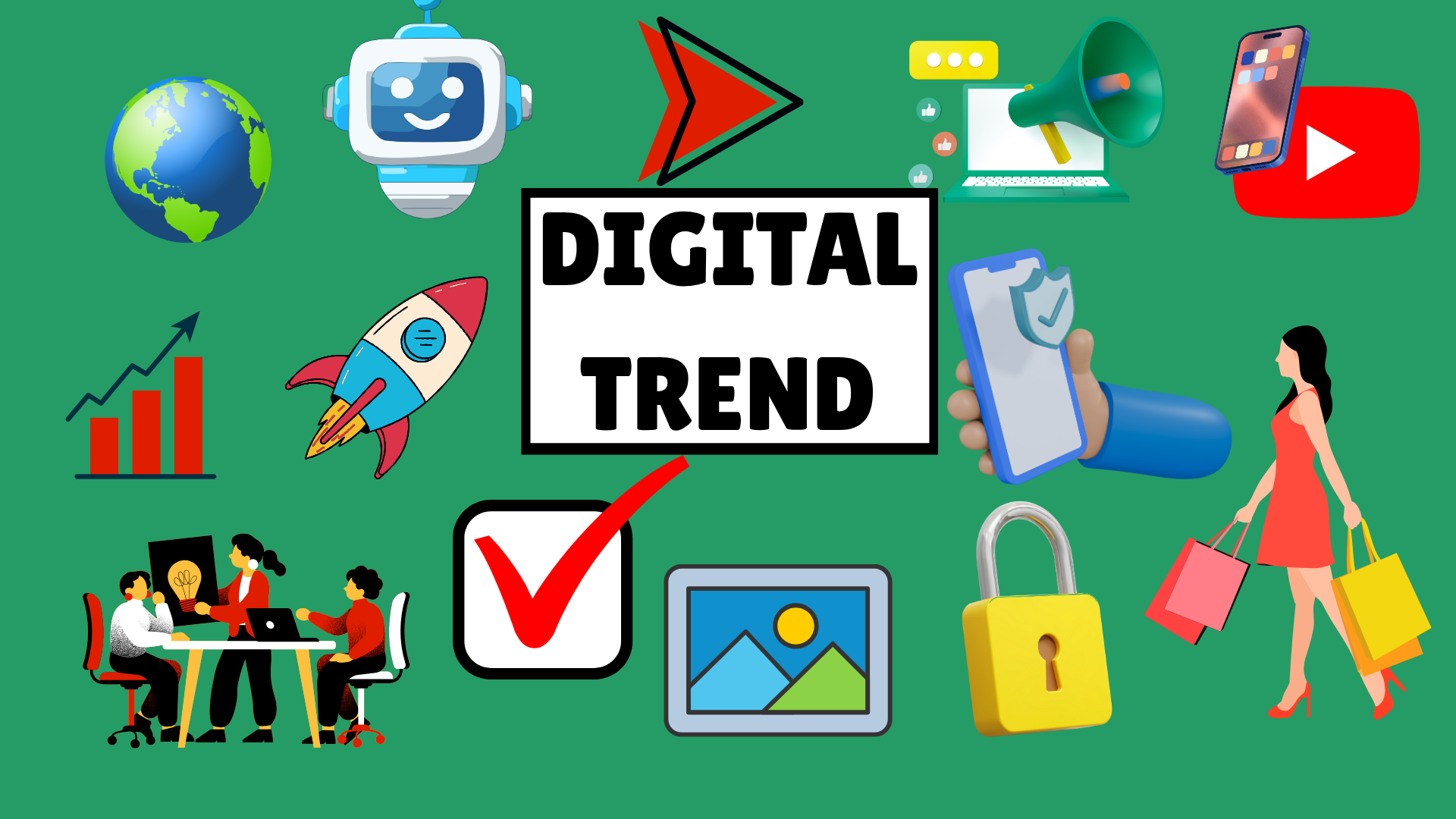
Amazing insights! The pace at which technology is evolving is mind-blowing. Can’t wait to see how AI and automation reshape industries in the next few years.
thank you jay
Well-written! Loved how you highlighted human-centric innovation amidst all the digital chaos. The balance between tech and empathy is truly the key to the future
Great read! Each trend perfectly captures where the world is heading. Especially the focus on data-driven ecosystems — that’s going to change everything!